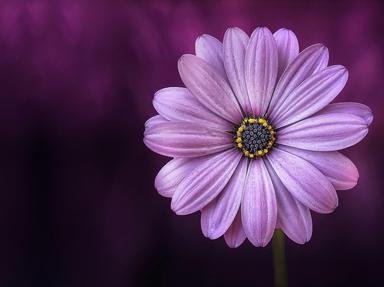Quiz Answer Key and Fun Facts
1. This flowering plant, Latin name Galanthus, gives you a hint of its common name in the photo. It has an alternative name, related to which Christian festival falling early in the year?
2. You are more likely to see this Spring flower on your countryside walks than in your garden. It's a member of the buttercup family and is known as the lesser ___?
3. The plant in the picture is called muscari. In the UK, its common name includes the name of which fruit?
4. Although the camellia is commonly grown in the UK, it originated in which part of the world?
5. The photo shows the flowers of Allium ursinum, which you are as likely to smell as see during a springtime walk in the woods. It is the wild version of which pungent bulb?
6. Despite the attractive flowers, and long flowering season, the biggest issue with growing periwinkle in the garden is which of these?
7. Forsythia was named for the Scottish botanist William Forsyth.
8. This flower, more often found in the wild, is Primula veris, a relative of the primrose, as indicated by the name. By what common name is it known?
9. This cheerful flower can bloom all winter and into the spring. It is known as the viola or heartsease, but its most common name is pansy. What is the derivation of this name?
10. The photo shows a mass of common bluebells in a wood, one of the sights of a UK spring. An introduced species of bluebell originating from which region has created a hybrid in the UK known as Hyacinthoides × massartiana?
Source: Author
rossian
This quiz was reviewed by FunTrivia editor
WesleyCrusher before going online.
Any errors found in FunTrivia content are routinely corrected through our feedback system.
